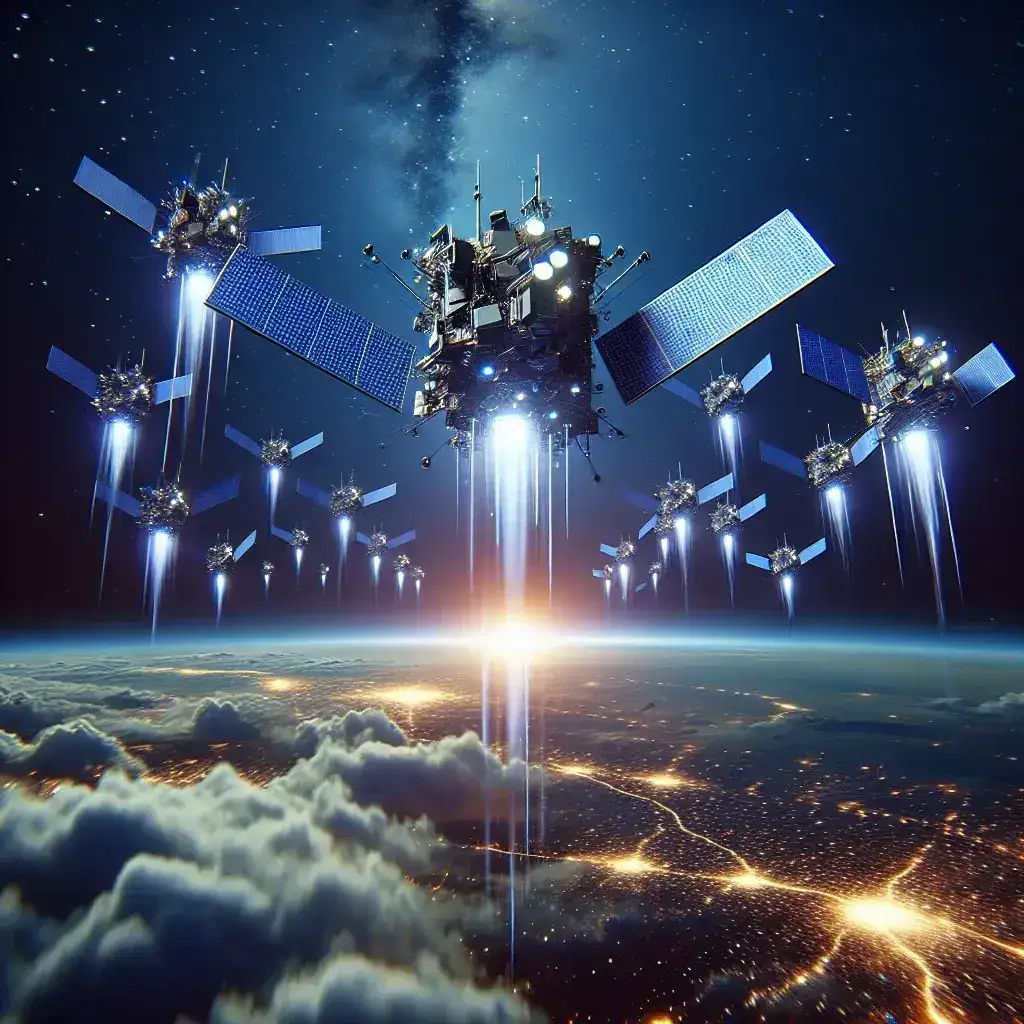Introduction
As humanity continues to expand its presence in space, the issue of orbital debris becomes increasingly pressing. Recognizing this challenge, NASA has taken a significant step forward by launching AI-powered satellites aimed at detecting and managing this debris. This article delves into the implications of this groundbreaking technology, its historical context, future predictions, and its broader significance for space exploration.
Understanding Orbital Debris
Orbital debris, often referred to as space junk, consists of defunct satellites, spent rocket stages, and fragments from collisions or disintegration of spacecraft. According to NASA, there are currently over 27,000 pieces of debris larger than 10 centimeters orbiting Earth, posing serious risks to both operational satellites and crewed missions.
The Historical Context
The problem of orbital debris has grown since the dawn of space exploration in the late 1950s. Early missions, such as the launch of Sputnik, did not consider the long-term ramifications of leaving equipment in space. With the increase in satellite launches, the number of debris objects has similarly soared. The significant turning point occurred in 2007, when China conducted an anti-satellite test that resulted in thousands of new debris fragments. The situation prompted space agencies worldwide to take action.
Navigating the Space Junk Challenge
In response to the rising threat of orbital debris, NASA has integrated advanced technologies to enhance detection and tracking capabilities. The latest initiative involves the deployment of AI-powered satellites that promise to revolutionize how we monitor space debris.
The Role of AI in Space Monitoring
Artificial Intelligence can process vast amounts of data more efficiently than traditional systems. By leveraging machine learning algorithms, the new satellites will analyze patterns and predict potential collisions with unprecedented accuracy. This allows operators to take preemptive measures to safeguard both the satellites and the International Space Station (ISS).
Key Features of NASA’s AI-Powered Satellites
- Real-Time Data Processing: The AI systems can process information in real-time, making immediate assessments about the debris environment.
- Predictive Modeling: Using historical data, the AI can forecast debris trajectories, providing a proactive approach to collision avoidance.
- Automated Alerts: When a potential collision is detected, automated alerts can be sent to satellite operators, ensuring prompt action.
The Future of Space Exploration
The implications of AI-powered debris detection are profound. As more nations and private companies enter space, the crowded orbital environment will become even more tumultuous. NASA’s initiative not only aims to protect its assets but also sets a precedent for international collaboration in space traffic management.
Long-Term Predictions
Experts predict that with effective debris monitoring systems in place, the risks associated with space missions can be significantly mitigated. Future advancements may include:
- Enhanced tracking systems capable of identifying even smaller debris.
- International agreements on debris mitigation practices.
- Technologies for active debris removal, including robotic systems designed to capture and deorbit hazardous debris.
Pros and Cons of the Initiative
Pros
- Increased Safety: The primary advantage is the enhanced safety of operational satellites and crewed missions.
- Global Collaboration: International cooperation can lead to a more sustainable approach to space exploration.
- Innovation in Technology: The use of AI may spur further innovations in satellite technology and data processing.
Cons
- Costs: The development and deployment of AI technologies can be expensive.
- Dependence on Technology: Heavy reliance on AI might introduce vulnerabilities if systems fail.
Real-World Examples
The launch of these satellites represents a crucial step towards a more sustainable future in space. For instance, a satellite operating in a similar capacity, ESA’s e.Deorbit mission, aims to demonstrate technologies for capturing and deorbiting larger debris. Collaborative efforts like these highlight the urgent global need to address the space debris challenge.
Cultural Relevance and Public Interest
Public interest in space exploration has surged in recent years, fueled by missions to Mars, the Moon, and beyond. As awareness of orbital debris grows, so does the desire for solutions. NASA’s initiative connects with a broader narrative about protecting our planet and the future of human exploration.
Conclusion
The launch of AI-powered orbital debris detection satellites by NASA is a monumental step towards ensuring the safety and sustainability of our shared space environment. By addressing the issue of orbital debris head-on, NASA not only protects its assets but also paves the way for future explorations and collaborations in space. The merging of AI technology with space exploration exemplifies humanity’s ingenuity and commitment to responsibly managing our cosmos.
Call to Action
As we look to the stars, let us support initiatives like NASA’s AI-powered satellites that aim to safeguard our future in space. Stay informed, advocate for space safety, and contribute to a collective effort in preserving the orbital environment for generations to come.

